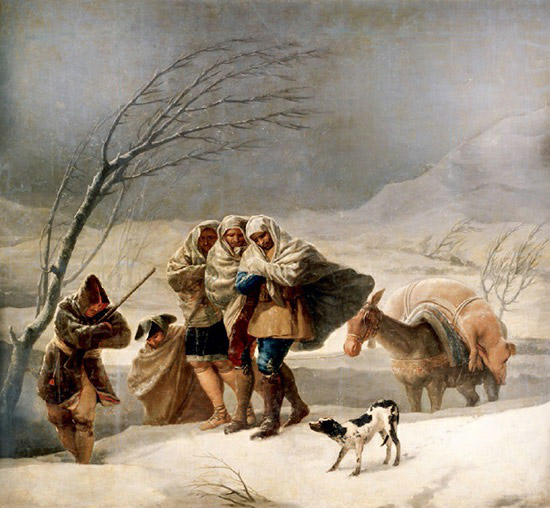The Little Ice Age was a period of climate anomaly characterized by a notable decrease in average temperatures across the Northern Hemisphere, primarily impacting Europe and North America from the 14th to 19th centuries. This climatic shift, although amounting to only a 0.5°C to 1.0°C drop in global temperatures, had profound effects on the environment and human societies.
During this era, historical records and climate data paint a picture of colder winters, with rivers freezing over in Europe and North America, and mountain villages being threatened by advancing glaciers. The reduced temperatures led to shorter agricultural seasons, resulting in widespread famine and significant challenges to the prevailing way of life.
The causes of the Little Ice Age are believed to be linked to a combination of reduced solar output and the cooling effects of volcanic ash in the atmosphere. This period is a crucial example of how minor fluctuations in global temperatures can lead to significant environmental and societal changes. The end of the Little Ice Age coincides roughly with the onset of the Industrial Revolution, which saw a reversal of the cooling trend as global temperatures began to rise.
This historical event serves as a potent reminder of the vulnerability of our climate system and the potential impacts of climatic changes, underscoring the need for preparedness and adaptation in the face of ongoing global warming. The Little Ice Age offers valuable insights into the relationship between climate fluctuations and their broad impacts on ecosystems and human societies.

